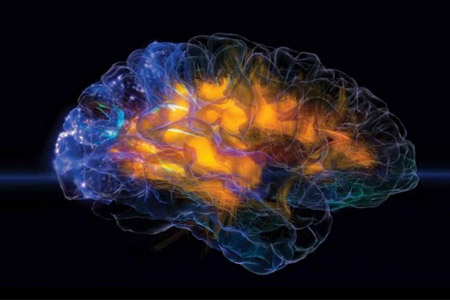There is some evidence of olfactory sensory impairment in Down syndrome (DS) patients similary to Alzheimer disease (AD) patients; however, it is not clear whether such an impairment is present in all DS patients or across the entire subject’s life span. Moreover, the neurobiological basis of olfactory deficit in DS is largely unknown. In this project we shall investigate by standardized tests the olfactory function in a group of individuals with DS (young adults to older adults) in comparison to healthy controls and AD patients. Further, in order to highlight the structural and functional basis of olfactory impairment in DS we shall study the olfactory system in an animal model of DS, the Ts65Dn mouse. The olfactory mucosa and the vomeronasal organ (both involved in odorants detection) will be taken from adult and old Ts65Ds mice and examined by light and electron microscopy as well as immunohistochemistry. Size and functional characteristic of the olfactory bulb, the central nervous system region where olfactory neurones project, will be examined by magnetic resonance imaging at 4.7T. Wild-type (non trisomic) mice will be used as controls.
Results of this work are expected to ascertain the presence and degree of olfactory deficit in DS as well as start clarifying its neurobiological bases, leading the way to possibile therapeutic intervention.







